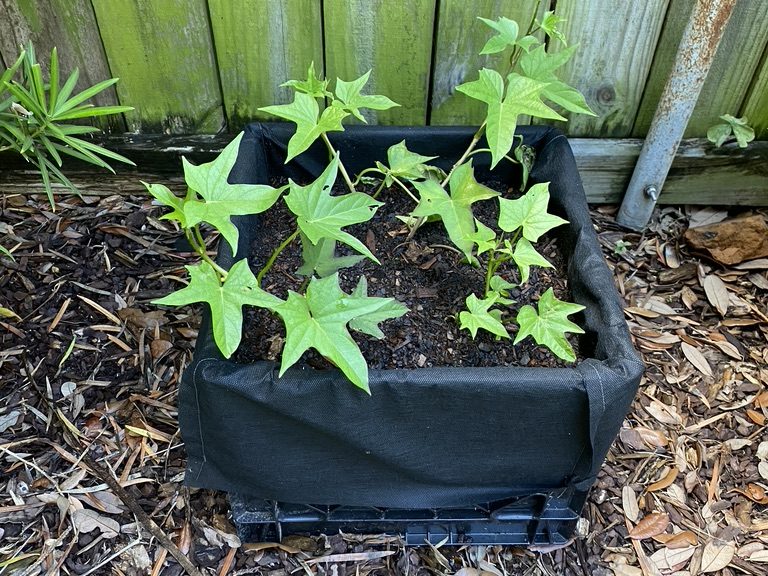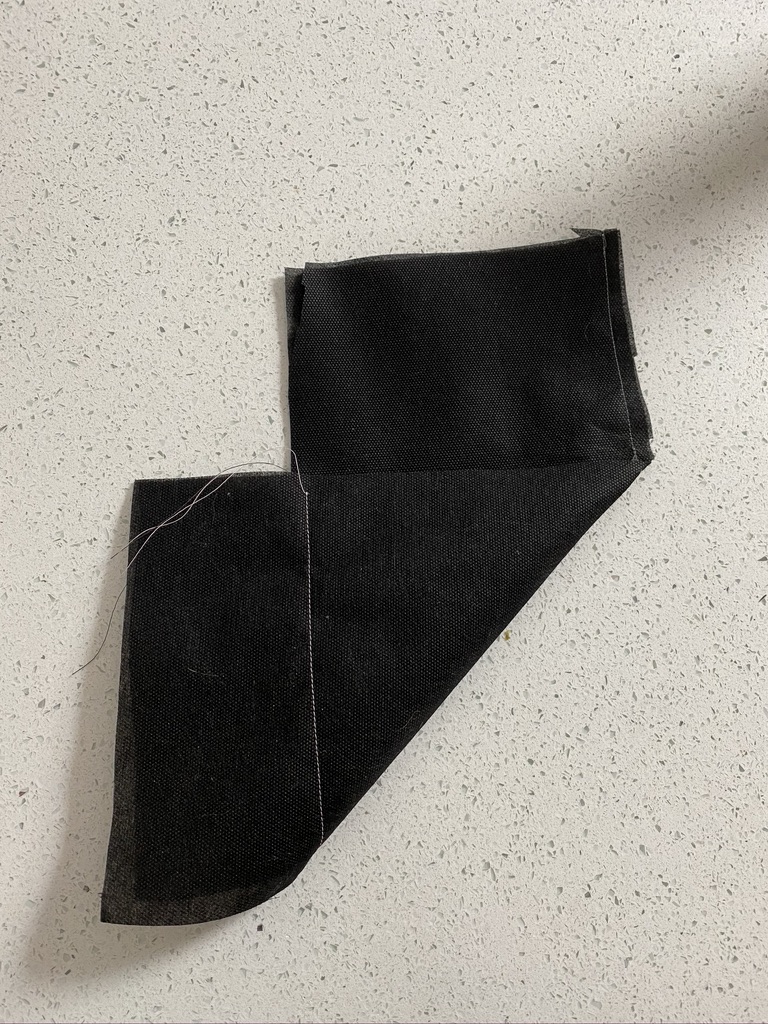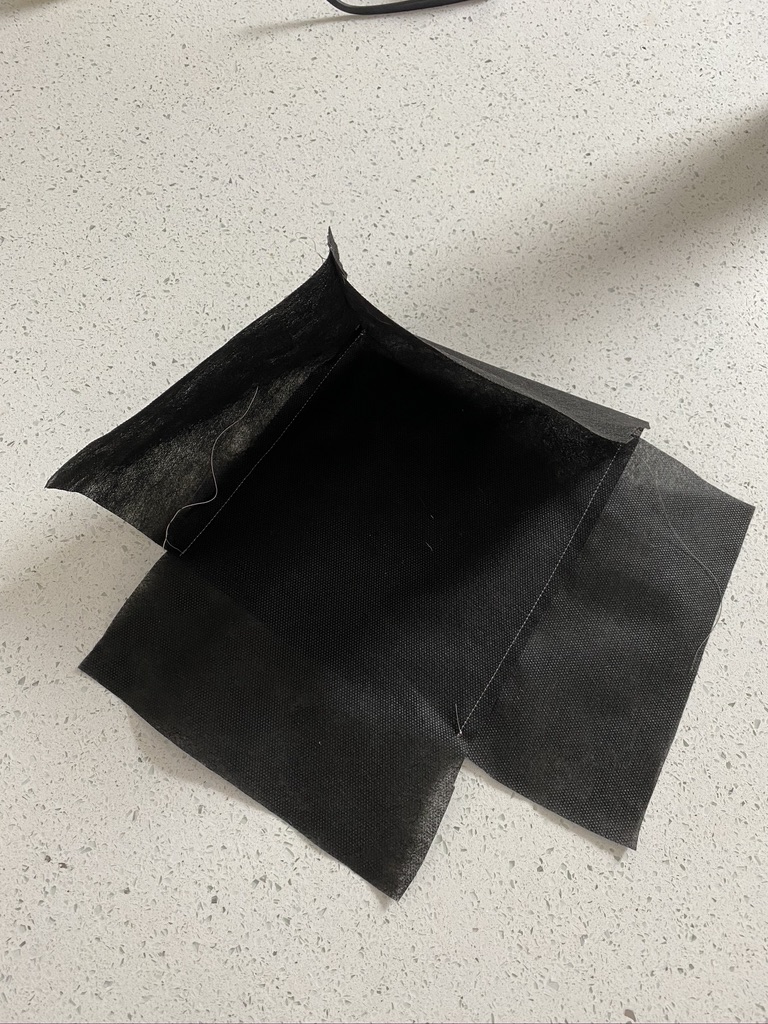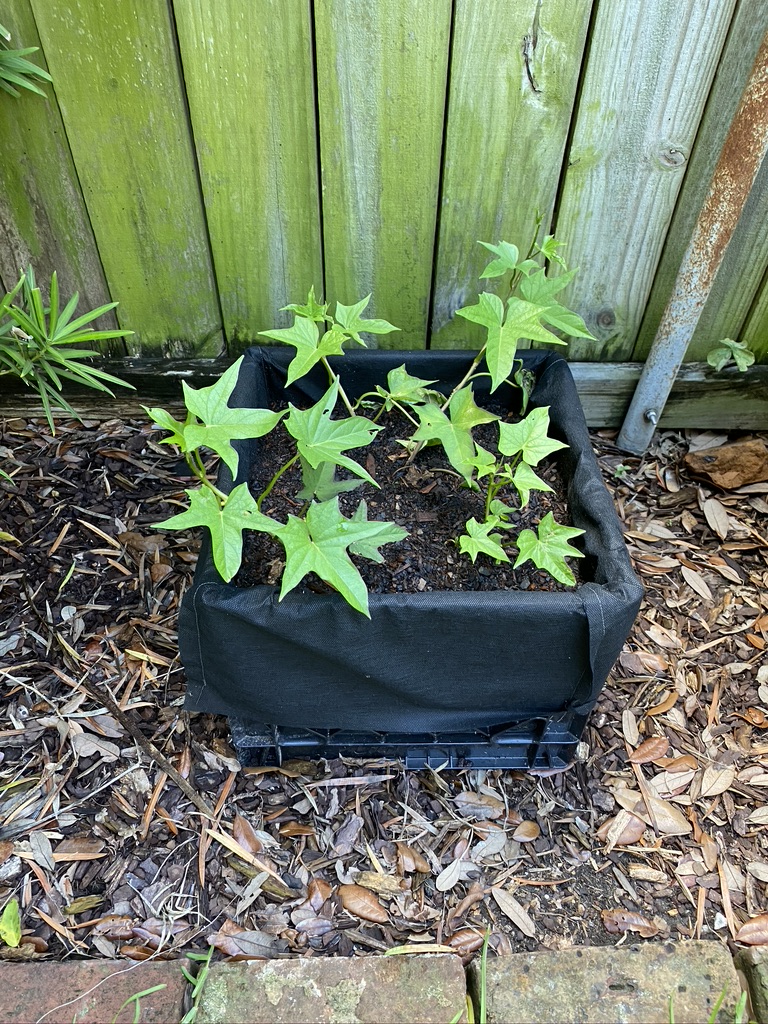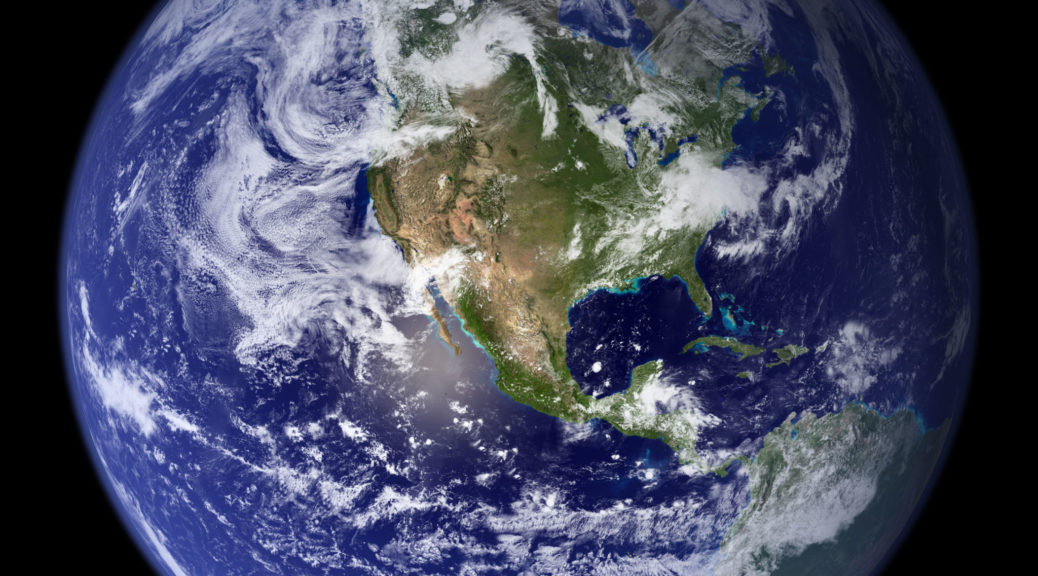After Doc S (I think) mentioned that we were going to run into shortages of produce as supply chains were stress out by the pandemic Dr. Chop and I got down to business planting vegetables and herbs. We try to grow stuff every year, and every year we lose most the crop to the insects. This year we were able to spend a lot more time in the yard and we were able to kill enough caterpillars to keep the peppers and squash alive. And now we've got peppers for days. We also installed a bird feeder which I think has a positive effect on the insect problem as well.
As I mentioned in the CoC we got an Aero Garden at the start of the year, and we've been able to produce several heads of lettuce, spinach, and herbs. Currently, we've got chives sprouting, a new head of spinach, and bok choi growing to be transferred to the containers. We've always grown food stuff in containers, including our citrus, fig and olive trees, because the soil in New Orleans is suspect to begin with and the flooding from Katrina didn't help matters. We've found through the tree services by Rich's Tree Service, Inc that you need to use high quality potting soil, compost, and an occasional fertilizing in order to get enough nutrient into the containers to provide good growth.
While out walking the neighborhood I found several milk crates littered in vacant lots, and the idea sprouted to turn them into square foot garden boxes. I had some stupid expensive dirt and ground cloth delivered for free (I heavily tipped the driver) from the local garden shop. I measured the crates - 12 x 12 x 10 3/4(h), so I cut the 48 inch long cloth into 14 inch wide strips with excess to account for seam allowance.
I laid two strips across each other at their centers and sewed 2 sides together. I decided that doubling the cloth on the bottom would slow drainage, and add an extra layer of protection from weeds and other intruders. 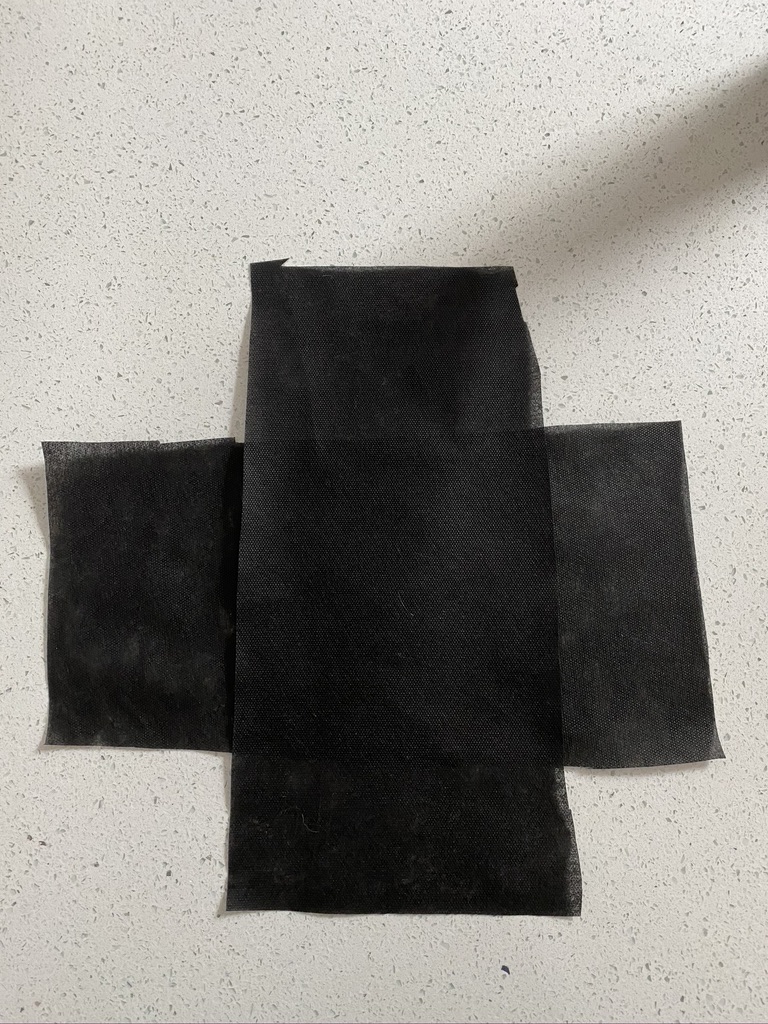
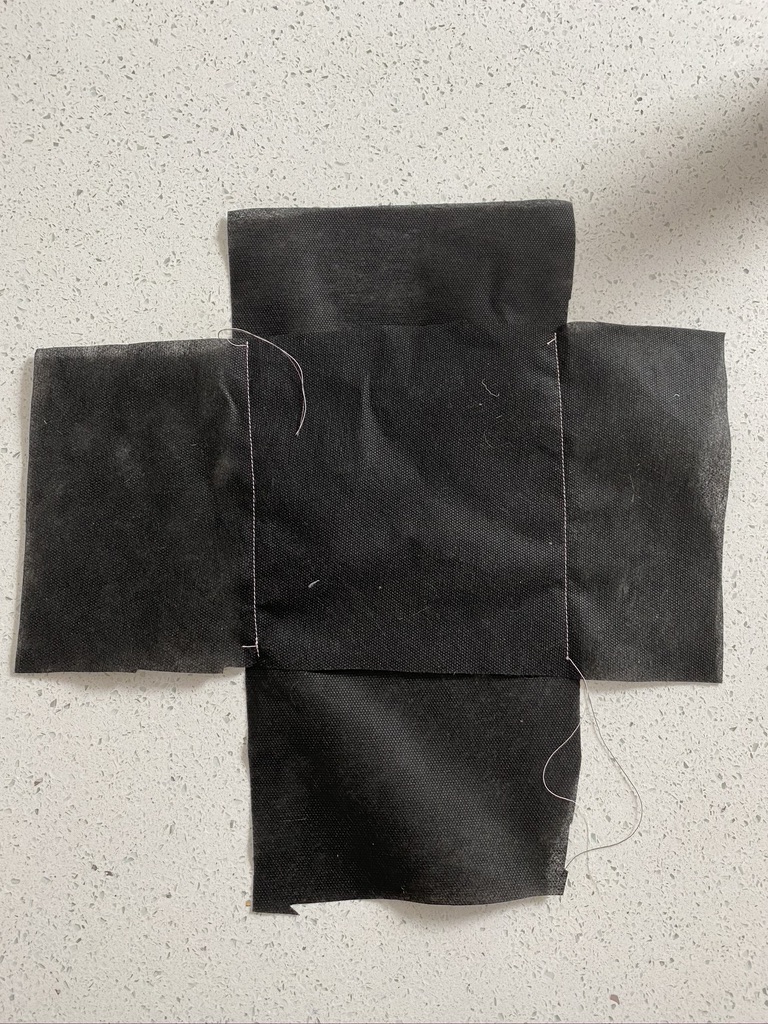
Then you gather up the corners and sew them face to face to make a box
Repeat for the remaining 3 corners and you've got a ground cloth box. 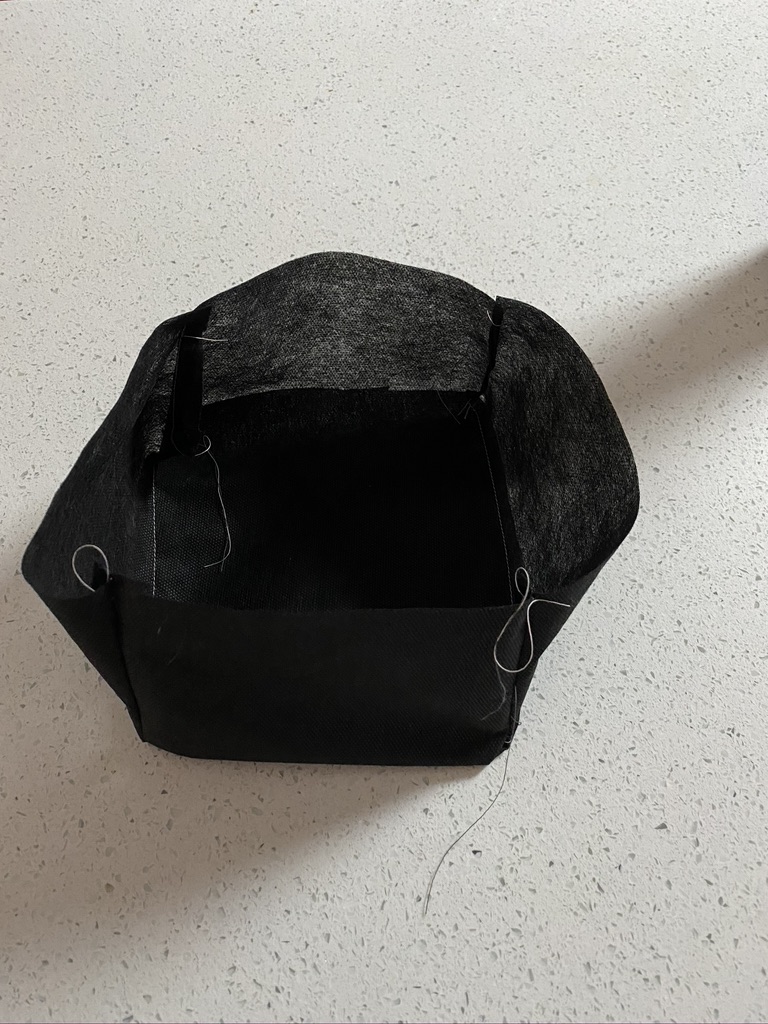
Instead of making these cloth boxes to match the actual size of the crate, I made them much taller so that I could wrap the excess over the top to keep the pressure of the dirt from spilling out of the bag. 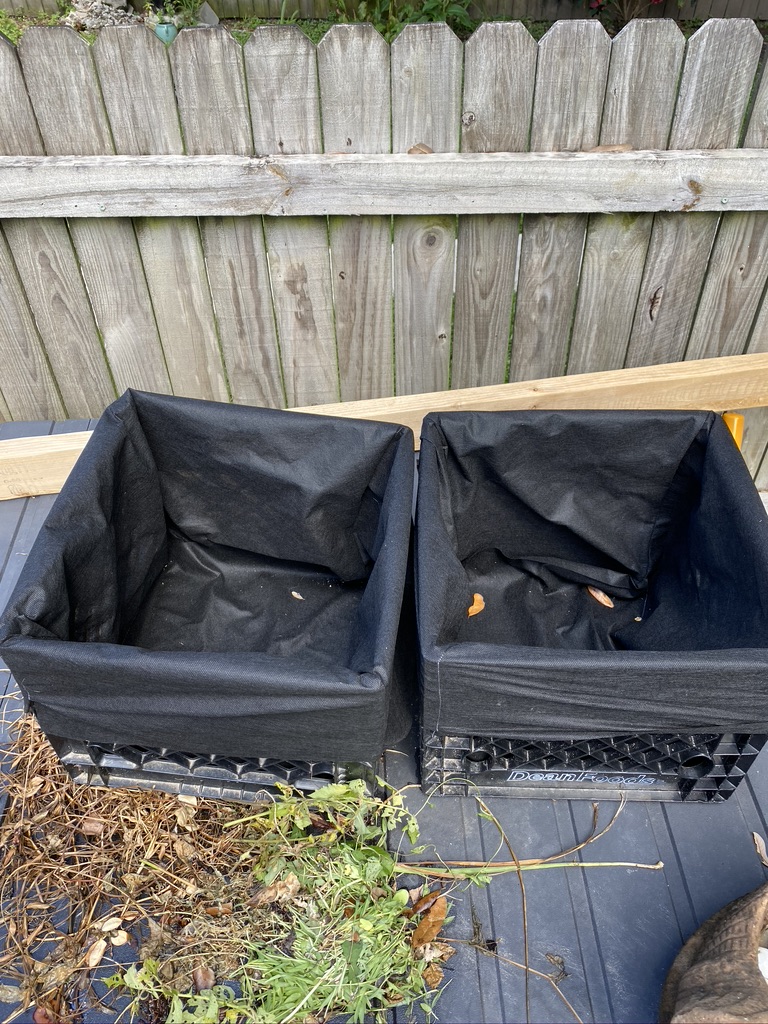
As a side note, making sweet potatoes from a sprouting sweet potato is the easiest, and one of the most satisfying horticultural endeavors I've ever undertaken. I put the sprouted spud in a clear cup of water and let the roots grow out and alien looking purple leaves and veins multiplied quickly under the grow light of the aero garden. I was a little late getting these into the boxes for them to produce large potatoes, but they'll certainly make a bunch of tubers.

